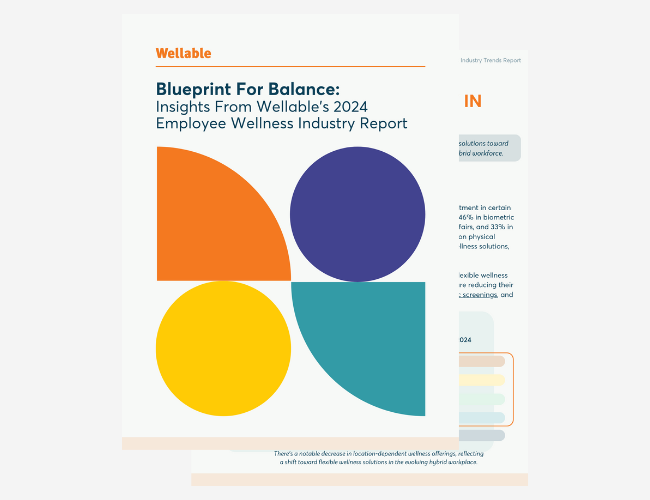A new study brings more complexity to the discussion on the effectiveness of corporate wellness programs, saying that the wellness program reviewed did not provide employees with significant measurable outcomes.
The study, published in the Journal of the American Medical Association (JAMA) looked at 33,000 employees at 160 BJ’s Wholesale Club worksites for a year and a half. About 4,000 employees participated in a wellness program, while the remainder did not. At the end of 18 months, researchers looked at health indicators of both groups and found that the employees who participated in the wellness program had no significant differences in blood pressure, sugar levels, and other health measures. It also found no significant reductions in health care costs for participants relative to non-participants.
This is a concerning outcome, as organizations are increasingly incorporating wellness programs to provide employees with physical, mental, financial and social support. Eighty two percent of companies with 200 or more employees currently offer some type of wellness program, whether it is for smoking cessation or weight management. The study questions if those companies will see tangible or economic benefits from the investment.
Limitations Of The Study
Researchers from the study acknowledged the findings had limitations. Only 18 months of data was reviewed, and that time period may not show the full results of a wellness initiative. The survey was not able to follow every participant’s progress completely. Not every employee contributed data for every outcome, and employee turnover meant some end of survey data could not be collected.
In addition, the effectiveness of the actual wellness program used by the company was not evaluated, so it is difficult to determine if the results from this study are transferable to other wellness programs. For example, the wellness program included a health risk assessment (HRA) and biometric screening, both of which have been shown to not be effective.
Wellness Program Still Had Benefits
Even though the results from the study didn’t indicate specific return on investment (ROI), it was clear that employees benefited from the wellness program in other ways, which creates value on investment (VOI). For example, more employees in the wellness program said they engaged in regular exercise than in the control group (69.8% vs. 61.9%). An even bigger difference came from those who reported actively managing their weight. In the treatment group, 69.2% said they were watching their weight while only 54.7% of the control group said the same thing.
Exercise and watching weight are the first steps in improving health, which may lead to better results in the long-term and significantly reduce the onset or progression of a variety of chronic health issues, including heart disease, diabetes, high blood pressure and cancer.
The study also did not measure or track other important metrics in VOI, including employee retention, productivity, and job satisfaction.
There Is Still A Lot To Learn
This is not the first study done on the effectiveness of wellness programs. Nevertheless, it is still a young field and needs more research. Even one of the researchers in the JAMA publication said that their current results do not represent a “ final verdict on workplace wellness programs.”
Conclusion
For organizations, the takeaway is that information about how to ensure a wellness program is effective is still coming in. The program in the study focused on nutrition, physical activity, stress reduction, and related topics, but without knowing the full realm of the program, it is difficult to determine if all areas were as effective as they should have been or if the wellness program was tailored to match employees’ needs. Still, following best practices to create a culture of health remains the key to supporting employees on their journey to well-being.
Another great place to start is to make sure that a wellness program does not include offerings that have “final verdicts” on their efficacy, such as HRAs and biometric screenings. By deploying solutions that have decades of research suggesting they are ineffective, employee wellness programs are creating an uphill battle for success.












